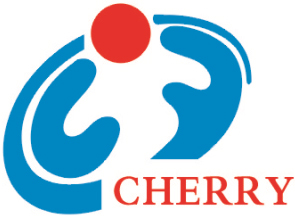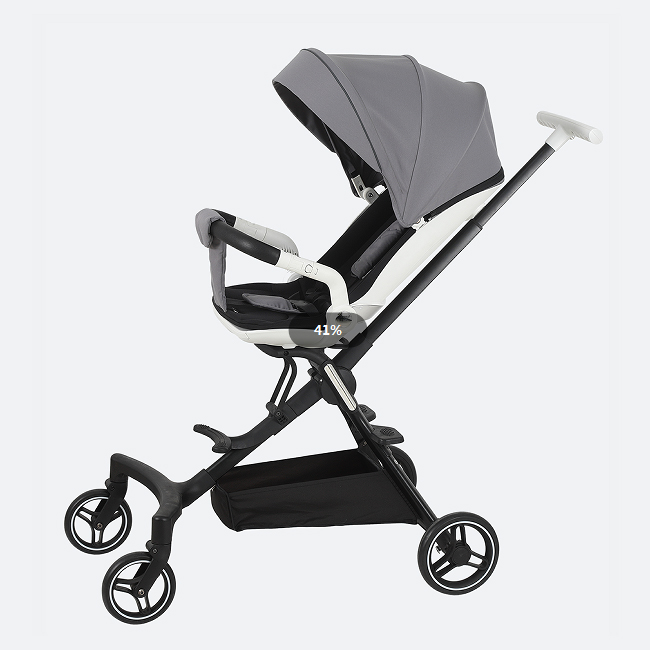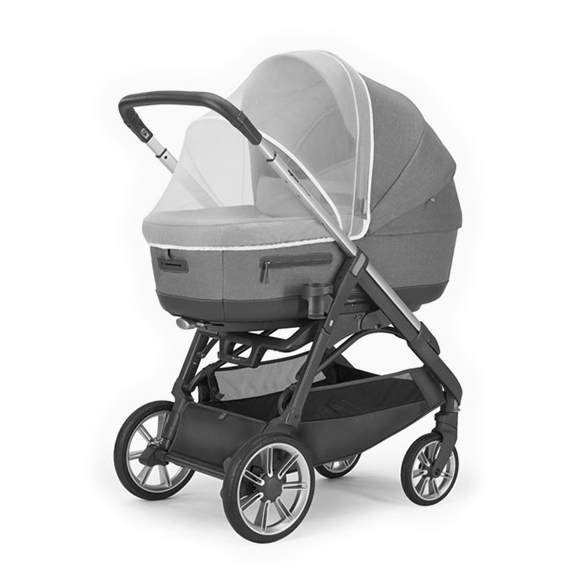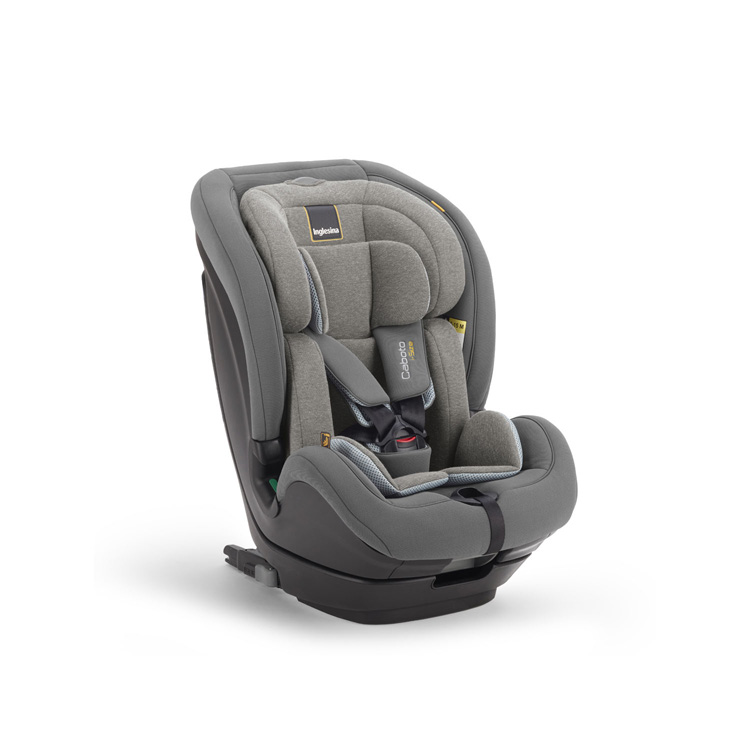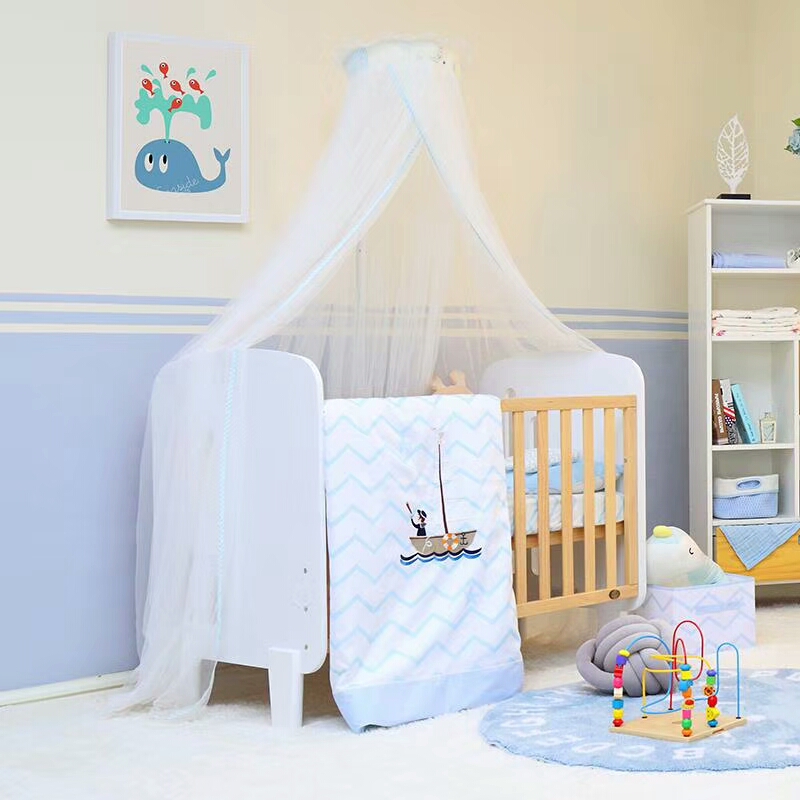Infant textile products refer to clothing, apparel, and bedding for infants aged 36 months or less, including infant underwear (sets), outerwear, pajamas, jumpsuits, bed sheets, quilts, blankets, etc. Children's clothing, referred to as children's clothing, refers to clothing worn by children aged 3-14 years old .
Safety categorie
| Product categories | Safety categories | Definition |
| Infant and toddler textiles | Class A | Worn or used by infants and toddlers. |
| Children's textiles that come in direct contact with the skin | Class B | When worn or used by children, most of the product comes in direct contact with the skin. |
| Children's textiles that do not come in direct contact with the skin | Class C | When worn or used by children, the product does not come in direct contact with the skin, or only a small part of the product comes in direct contact with the skin. |
Fabric requirements
Fabrics used for the outer fabrics, linings and accessories of infant and child clothing should comply with the requirements of the corresponding safety technical categories in GB 18401 and GB 31701.
Formaldehyde is irritating to the human eyes and nose, and has strong carcinogenic and mutagenic effects.
If the pH value is too high or too low, it will damage the health of the skin, causing skin redness, swelling and allergies. The skin of infants and young children is more sensitive than that of adults, and the requirements are more stringent.
Unqualified color fastness will cause toxic and harmful substances in dyes or pigments to enter the human body through the skin or mouth, which is harmful to health.
Decomposable aromatic amine dyes are carcinogenic and will cause irreversible health damage to infants and children.
Requirements for fillings
Fiber and down feather fillings used in infant and child clothing should comply with the requirements of the corresponding safety technical categories in GB 18401, and down feather fillings should comply with the requirements of microbiological technical indicators in GB/T 17685.
Requirements for accessories
Accessories are parts of textile products that serve as connections, decorations, logos or other functions.
(1) Accessories ≤ 3 mm should not be used on infant and child clothing. The tensile strength of various accessories that may be grabbed and bitten by infants and children should meet the requirements of the following table:
| Maximum size of accessories mm | Tensile strength N ≥ |
| >6 | 70 |
| 3-6 | 50 |
| ≤3 | After washing, no change or only negligible change |
| Accessories should not have accessible sharp points and sharp edges | |
If the tensile strength of accessories is unqualified, it is easy for infants and young children to pull or remove small parts when wearing them, which may cause serious suffocation if swallowed by infants and young children; sharp points and sharp edges may cause the risk of cuts to infants and children.
(2) Ropes and straps are made of various textile or non-textile materials, with or without decorations, such as ropes, drawstrings, and belt loops, and should meet the requirements of the following table:
| Serial number | Clothing for infants and children under 7 years old | Clothing for children aged 7 years and above |
| 1 | There should be no straps around the head and neck | The head and neck straps for adjusting the size of the garment should not have free ends, and other straps should not have free ends longer than 75mm. Head and neck: When the garment is flattened to the maximum size, there should be no protruding loops. When the garment is flattened to the appropriate size, the circumference of the protruding loops should not exceed 150mm. Except for the shoulder straps and neck straps, other straps should not use elastic straps. |
| 2 | Shoulder straps should be fixed, continuous and without free ends. Decorative straps on shoulder straps should not have free ends longer than 75mm or loops with a circumference exceeding 75mm. | / |
| 3 | The length of the waist strap should not exceed 360mm from the fixing point and should not extend beyond the bottom edge of the garment. | The length of the waist strap should not exceed 360mm from the fixing point. |
| 4 | When the short sleeves are spread out to their maximum size, the cuff cord should not extend more than 75mm | When the short sleeves are spread out to their maximum size, the cuff cord should not extend more than 140mm |
| 5 | Except for the waistband, there should be no cords or straps on the back | |
| 6 | The cords at the cuffs of long sleeves should be completely inside the garment when fastened | |
| 7 | For garments that are below the hip line, the cords at the bottom should not extend beyond the bottom edge of the garment, and for garments that are ankle-length, the cords at the bottom should be completely inside the garment. | |
| 8 | Except for items 1-7, when the garment is flattened to its maximum size, the length of the cords should not exceed 140mm | |
| 9 | The free ends of the cords are not allowed to be knotted or have three-dimensional decorations | |
| 10 | The circumference of the protruding cord loops with both ends fixed should not exceed 75mm; the length of the fixed ends of the cord loops flat on the garment should not exceed 75mm | |
Purchase Tips
1. Observe the appearance: When purchasing infant textile products and children's clothing, first check the logo and mark, check the trademark, Chinese factory name and address, clothing size mark, ingredient mark, washing instructions, certificate of conformity, implementation standard number, product quality grade and safety category on the product. The quality of textile and clothing products with complete and standardized labels will not be bad.
2. Identify the smell: When opening the package, you can smell whether there is a pungent smell. Some clothes will have a pungent smell due to the addition of additives during the post-processing process, which will cause the formaldehyde content and pH value to exceed the standard. Some clothes may have a musty smell, gasoline smell and toxic smell due to improper storage or packaging contamination.
3. Check the fabric texture: First, feel the fabric texture by touch. Children's textile fabrics should be hygroscopic, breathable and soft. Secondly, check the fiber content mark of the clothing to determine the composition of the clothing fabric. Then use the burning method to identify the material of the clothing fabric. Usually, light it with fire, smell it, observe the flame state and the shape of the residue. Wool, velvet and silk have the smell of burning hair, cotton and linen are white or gray ashes. Most synthetic fibers have hard lumps. For infants and young children, it is best to choose pure cotton clothing, and soft light colors are preferred.
4. Identify the safety of ropes and straps: When buying children's clothing, carefully identify the safety of ropes, belts, buttons, etc. and whether there are sharp objects.
